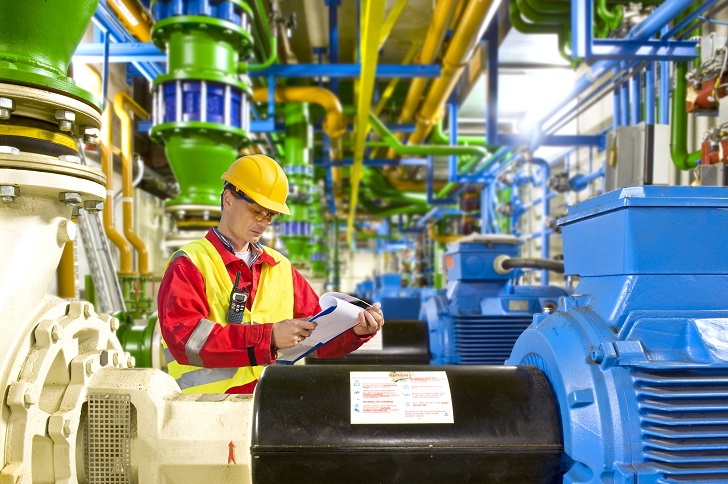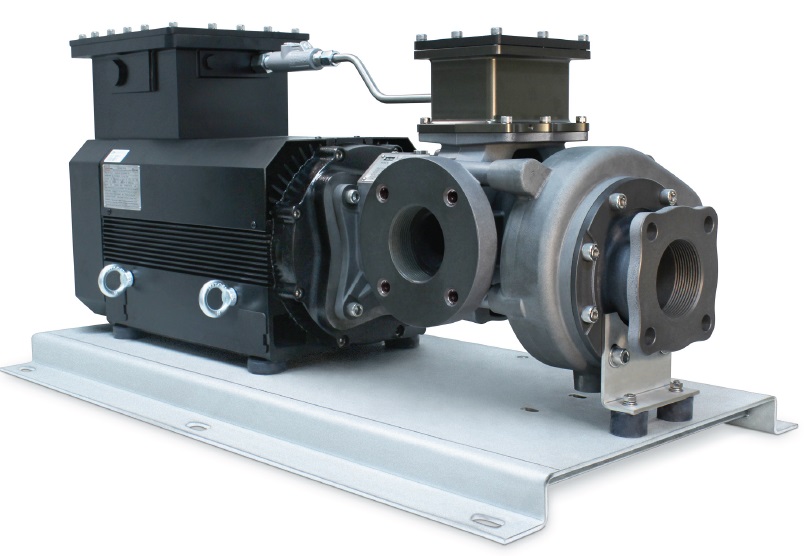

Dry running occurs when a pump operates without adequate liquid. This leads to a surge in pressure, flow or overheating that will instigate a pump failure. As a result, the pumping elements seize up on the shaft. This article explains how the problem can be avoided.
Pump cavitation and dry run related failures cost companies millions of dollars annually, including replacement costs for damaged equipment and lost sales due to poor performance. With an improving economy and anticipated fuel production increase, sales of fluid-handling pumps are forecast to rise 5.5% annually to $84 billion in 2018.
Given this proliferation, the historical pattern suggests that costs associated with repairs or replacements also will increase dramatically.
When cavitation occurs, vapour bubbles form and expand in the pumping liquid on the suction side of the pump before reaching the higher-pressure discharge side of the pump and violently collapsing near the surface of the pumping element. This triggers shock waves inside the pump which cause significant damage to the pumping element.
If left untreated, cavitation will destroy the pumping element and other components over time, drastically shortening the pump’s life. Cavitation may also cause excessive vibration leading to premature seal-and-bearing failure, in addition to creating an immediate increase power consumption and decrease in flow and pressure output.
Whereas cavitation is a common cause of pump degradation and failure related to the physics involved in the pumping operation, dry running on the other hand is usually related to how pumps are actively operated by end users. Cavitation itself may also be so widespread that it creates a dry run situation inside the pump due to excessive vapour formation. Pumps most often rely on the pumping fluid itself to lubricate the bearing surfaces of the pumping element. If a pump is operated without this fluid, the low to non-existent lubrication at these bearing surfaces will cause excess heat generation, increased wear, and potentially even failure of the pump if the pumping element seizes or breaks. The life of a pump subjected to dry run will be significantly reduced or, in the worst case, brought to an untimely end.
The most immediate cause of dry running is usually human error. Companies rely on operators to monitor pumps, but problems occur in cases where operators unintentionally leave pumps running over a period of time after the pumping operation is complete. For example, after offloading is complete, a transfer truck driver may leave a pump running unattended, unaware that the pump is still running. This continued operation after all pumping fluid has been transferred will create a dry run condition inside the pump, leading to damage from this lack of lubrication. Such a situation may also occur during pump priming, where the pipe system and pump casing have not yet been filled with fluid and the pump runs dry until the priming period is over.
In response, many companies have installed protection and control devices of various designs which stop the pump immediately after the pumping operation is complete, preventing dry running from occurring. Engineers also spend significant time and effort to ensure pumps are properly set up for priming, increasing the cost and complexity of plumbing. This level of protection comes at a significant expense. Despite an operator’s best efforts, harmful events still may occur from malfunctioning monitoring systems, improper use of control equipment, or unpredictable events. Pump owners specifically desire a technology to prevent the damaging results of dry running so they are not dependent on operators as their only line of defense. In addition to protection against dry running, pump specifying engineers and maintenance personnel are always in search of a solution to prevent the ever-present problem of cavitation in the most demanding pump applications, with the hopeful result of reduced maintenance costs and increased throughput.
The solution Parker engineers have developed dual-stage hybrid technology by incorporating a centrifugal pump as a first stage in front of a positive displacement rotary tri-lobe pump as a second stage. This dual-stage hybrid approach boosts the flow through the centrifugal impeller, elevating the pressure of the fluid charge for the second stage tri-lobe rotors. In effect, the centrifugal impeller feeds the rotary lobe stage virtually eliminating cavitation issues common in ordinary positive displacement pumps.
The company’s patent-pending, tri-lobe rotors and wiper blade seals are the key to the pump’s dry run capabilities and dry suction capacity. They are pre-loaded against the internal pump casing walls and produce vacuum to 27 inches of mercury. This allows the pump to self-prime, avoiding any dry priming or vapour lock issues common in ordinary centrifugal pumps.
Oil and gas industry operators have raised their voice to solve their top failure modes: extremely short or non-existent dry run time limits and unacceptable levels of cavitation when pumping extremely light liquids with high vapor pressures. Applications which have required two or three different pumps to fully address can now be served by a single product.





